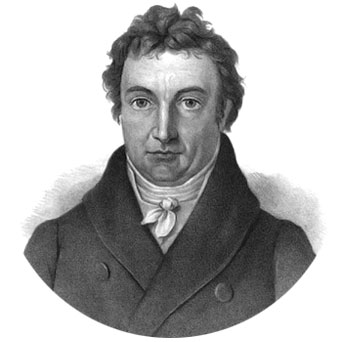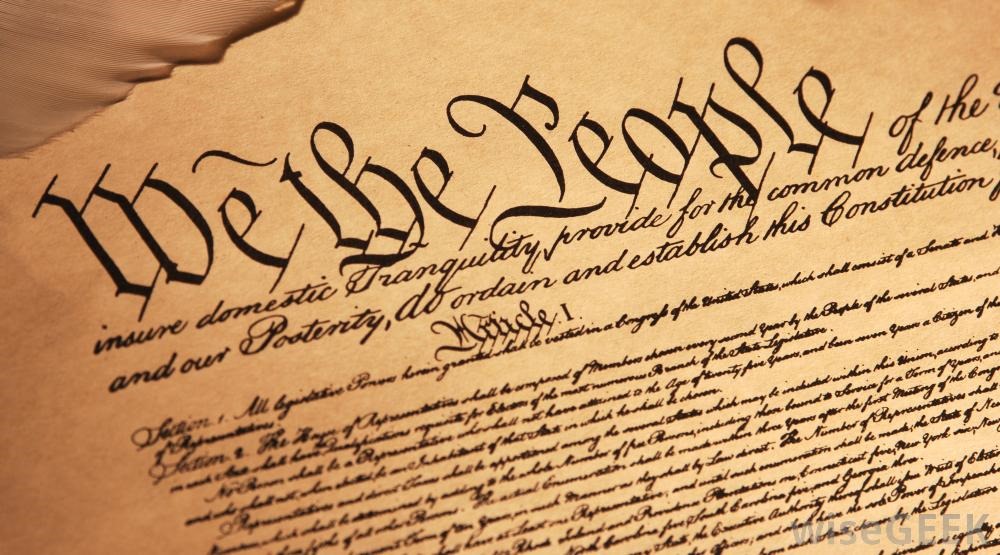Good afternoon everybody!
Today in Social Sciences we have been less students because most of them are in Rome or in Berlin. So it has been a more relaxed lesson.
At first, Paqui has asked us about our homework. Then she has asked for a voluntary to crrect the first one and María has corrected it. During the correction of this exercise (number 4 on page 31) Paqui has told us an interesting piece of information. She has told us that Adam Smith was the father of liberalism. Paqui has explained us the factors that influenced prices too ans she has said that the States constantly intervened in economy. Then we have corrected the next exercise (number 5 on page 31). Azahara has been the voluntary student to correct it. And during the correction of this exercise, Paqui has told us that Caixa and the Bank of Catalonia have invested much money in La Vanguardia.
After finishing the exercises' correction, the teacher has asked us about the Public Limited Companies, but we didn't know what to say about them. So she has given us some examples to explain it: the first one is about football teams, concretely, Real Madrid. And during the explanation she has looked for the translation of "socio" (partner). The other one was about Telefónica and she has looked for the capital of this company, that is: 4,657,204,330. And she has said that in this type of companies, people receive at the end of the year a payment influenced by the company's benefit. If the company has losses, nothing happens to you, because you only have invested money.
Then she has talked about capitalism, in which there is always benefit.
After all of these things, we have started the 3rd point: 2nd Industrial Revolution.
At first the teacher has said that when this revolution started, Great Britain lost importance. With this revolution:
- New sources of energy appeared: electricity and oil.
- There was a wave of inventions: the incandescent light bulb, the phonograph, the telephone and the first electric generator.
Paqui has told us that Graham Bell stole the patent to Antonio Meucci.
- The industries that developed most were: metalworking industry and chemical industry.
- There were also new ways of organizing work: the taylorism or production line and the mass production or standardization.
Related to the new ways of organizing work, Paqui has showed us a short film by Charles Chaplin called Modern Times that makes jokes about this. But we only have seen a little part with a short duration, about 5 minutes, and then another about 4 minutes, because it's long.
In the first one, the capitalist ordered all the time to increase the speed of the factory's machines. And in the second one they buy a machine to feed the workers in five minutes, in this way they could work more. But finally, this invention is a disaster.
To end the lesson, Paqui has given us an exercise to do at home. It is exercise number 8 on page 31.
The glossary we have copied today is:
- The Wealth of Nations: la riqueza de las Naciones.
- Advertising: publicidad.
- Public Limited Company: Sociedad Anónima.
- Partner: socio.
- Share/Stock: acción.
- Shareholder/Stockholder: accionista.
- Wins and losses: ganancias y pérdidas.
- Incandescent light bulb: bombilla.
- Tramway: tranvía.
- Subway: metro.
- Engine: motor.
- Alternate current: corriente alterna.
- Continuous current: corriente continua.
- Dye: tinte.
Antonio Meucci: http://www.biografiasyvidas.com/biografia/m/meucci.htm
Graham Bell: http://gaukartifact.com/2013/03/26/alexander-graham-bell-1847-1922-video/
Taylorism: http://profesoraitorakis.blogspot.com.es/2008/10/ii-revolucin-industrial.html
Standardization: http://content.time.com/time/nation/article/0,8599,1947019,00.html
And this is all for today, see you on Monday, I hope you have a good weekend! :)









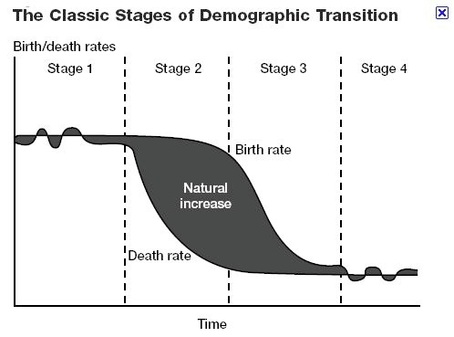
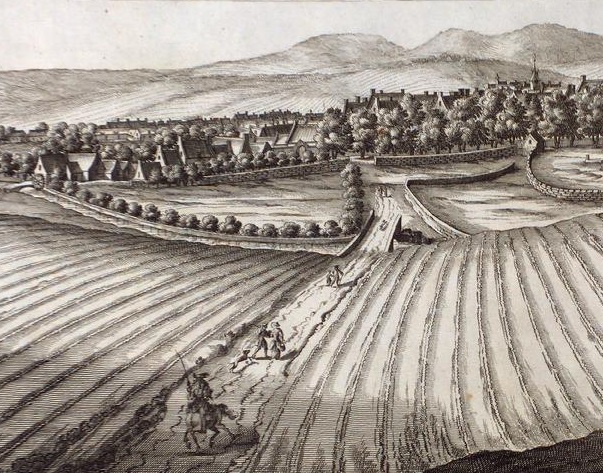
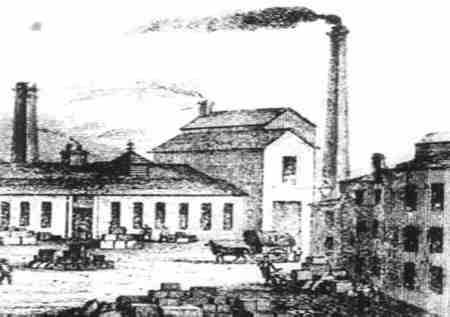



.jpg)








